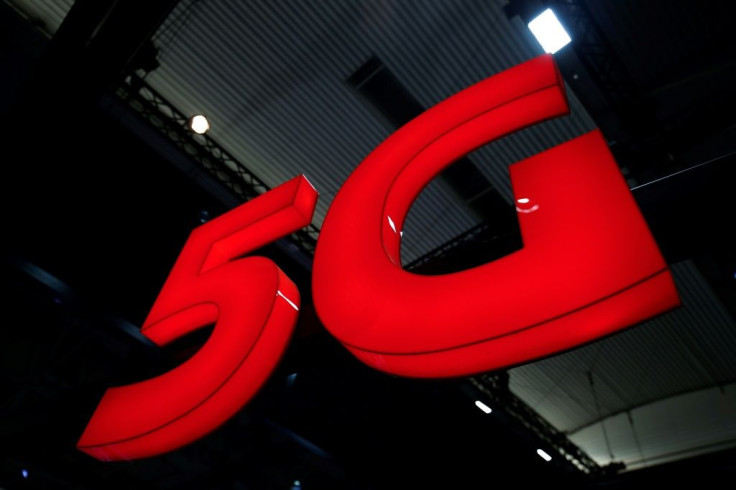How COVID-19 Will Change 5G’s Future

It all started in 2019 when everyone wanted to claim ownership of being the first, best and biggest 5G network. In the following months, 45 communications service providers worldwide launched significant investments in 5G. Monetization and consumer use cases were the next questions to be answered.
Then COVID-19 happened.
So now what? One thing is sure - there will be no going back to yesterday’s world. These times have involuntarily pushed consumers into a digital-first, connectivity-centric ecosystem. It will create a ripple effect long after the dust has settled. Here’s how this will affect 5G’s rollout now and later.
A temporary 5G slowdown
COVID-19 will temporarily cause 5G rollout to slow. This is primarily due to constraints on crews in the field, and service providers’ need to focus on network stability, only making critical changes. At a time where networks are more mission-critical than ever, the risk of an outage isn’t worth it unless a change is imperative.
And while 5G rollout will slow for now, the rise in virtual work and other communications only highlights the need for more vigorous 5G and advanced Wi-Fi adoption worldwide. When communications providers can bring their focus back to the rollout in later this year or early 2021, there will be pent up consumer demand for devices, connectivity and innovative services. All the things we started to do indoors, we’ll expect to do outdoors and on the move. In a year from now, expect a rapid acceleration of 5G adoption and innovation.
5G opportunities and prioritization through a new lens
In the meantime, some of the use cases that communications providers thought were long-term ideas are starting to gain traction quickly.
COVID-19 showed there is a proven demand in areas like remote work collaboration from any location. Even before the pandemic, our research found 61% of consumers thought 5G would create more opportunities to work remotely with ubiquitous access. Additionally, 35% believed the technology would lead to better video conferencing options. But it’s not just video conferencing we want, its secure solutions with built-in collaboration.
Other notable use cases include automated manufacturing to keep businesses running, and broadcasting over 5G networks to keep people informed from anywhere. As we come out of this, these experiences will be top of mind as new monetizable business models.

The need for 5G networks to meet the unique requirements of these services will drive the adoption of 5G network slicing. This is to ensure each service is allocated the resources and capacity it needs, and non-essential offerings don’t impact essential ones.
New partnerships and revised business models
We’re starting to see early partnerships between edge providers and communications service providers to enable IoT and enterprise-related use cases. We’re already beginning to see the combined benefits of 5G networks and cloud offerings with players like AT&T and Microsoft working together on use cases like remote work and gaming.
We’ll also see reignited discussions between service providers and OTT players on two-sided business models. This is to ensure consumers have the capacity needed to stream content without compromise during times of heavy traffic.
For example, major streaming video providers were told to reduce video quality to standard definition to battle congestion during the pandemic. Expect to see streamers working with communications service providers on monetary solutions that allow consumers to access content in high definition during such times.
For now, seamless communication is critical
Now more than ever, the world must be able to seamlessly communicate to uphold our communities and make it through these tough times. Communications service providers are taking significant measures to ensure this happens without disruption. They’re looking to innovate and accelerate the launch of 5G type services but deliver them over the hybrid 4G and 5G network that they have today.
While we may not see the race to be first or biggest continue throughout this year, it’s only a temporary halt. And the industry may now have a better handle on what comes next. There is a lot to watch out for as the 5G story continues to unfold.
(Angela Logothetis is the chief technology officer at Amdocs Open Network.)
© Copyright IBTimes 2025. All rights reserved.





















